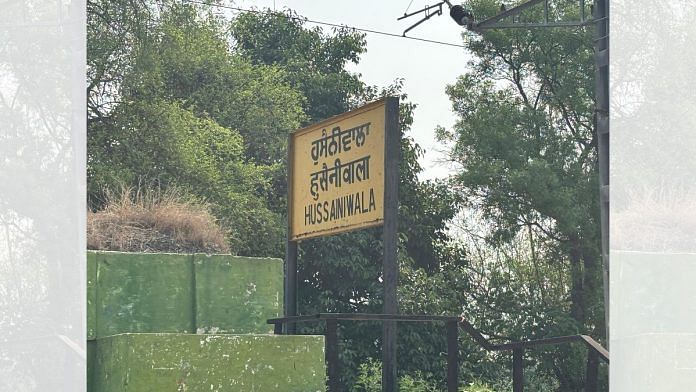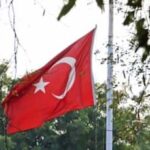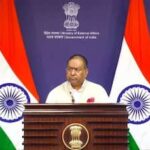Besides Kaluwala, Gatti Rajo Ke, Hazara, Tendi Wala, Kamal Wala, Ghatti Rahime Kee, Jalloke, and Chandiwala are among the 14 villages, falling within the Hussainiwala area, only a few kilometres from the International Border along the Ferozepur district.

Most residents of the 14 villages abandoned their homes amid the escalating tensions between India and Pakistan.
However, not just drones, missiles, or gunfire had driven them out. A greater fear loomed over them; the fear that if they didn’t leave now, they might not be able to escape later.
During the 1971 India-Pakistan war, the bridge connecting the border villages to the other side of the Sutlej River—Hussainiwala Bridge—was blown up by India to save Ferozepur from Pakistani troops. In 2018, the then-Defence Minister Nirmala Sitharaman opened the strategically important bridge to the public again.
For outsiders, after crossing Hussainiwala Bridge, the road to the right leads to the border villages. To reach Kaluwala, however, there is additional travel—a boat ride across the Satlej River. On days when the Army-run temporary pontoon bridge to the village remains operational, it is the preferred route for villagers and outsiders alike.
Hussainiwala Bridge is a vital lifeline for the villages, connecting them to the rest of India.
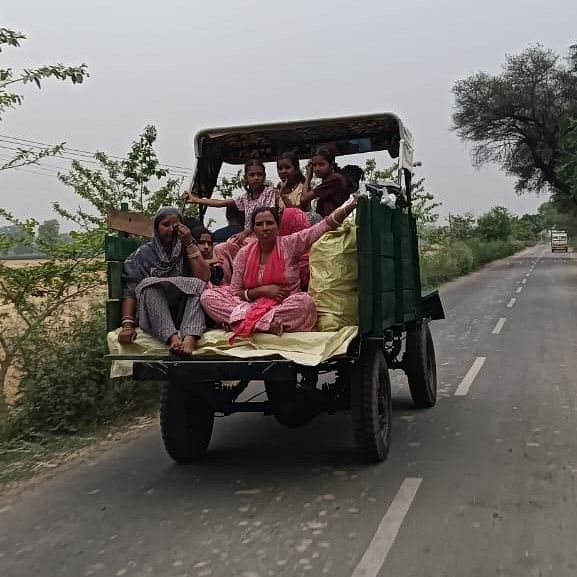
At the bridge end is the Shahidi Smarak, also known as Hussainiwala National Martyrs Memorial, built in memory of Bhagat Singh, Sukhdev Thapar, and Shivaram Rajguru.
The Radcliffe line divides the Hussainiwala area and the Ganda Singh Wala village in Kasur district of Pakistan.
Since the 10 May India-Pakistan bilateral agreement to curb cross-border tensions, the affected villagers have been coming back home. While efforts are underway to restore a sense of normalcy, the air is heavy, with a persistent fear of uncertainty and unpredictability.
“People were scared, things could go out of hand, this time too. What if they blew up the bridge again? The move would cut off the villages from the mainland. People feared that they would not be able to escape. No one asked us to leave, but it is not like we had more options,” Mohan Singh, the sarpanch of Ghatti Rajoo Kee said.
While the sarpanch still stayed back, he sent off his wife and children to other villages, where their relatives live.
On Sunday, villagers gathered near Hussainiwala Bridge on their way home on tractors and bikes.
Gurdeep Singh has also returned with his family of six to their native village, Hazara, on the family tractor. “We have come back for our livestock, one can not just leave and move somewhere else permanently. But, we worry, what if it happens again (blowing up of the bridge), and we can not make it (escape to the other side) on time?” Singh said.
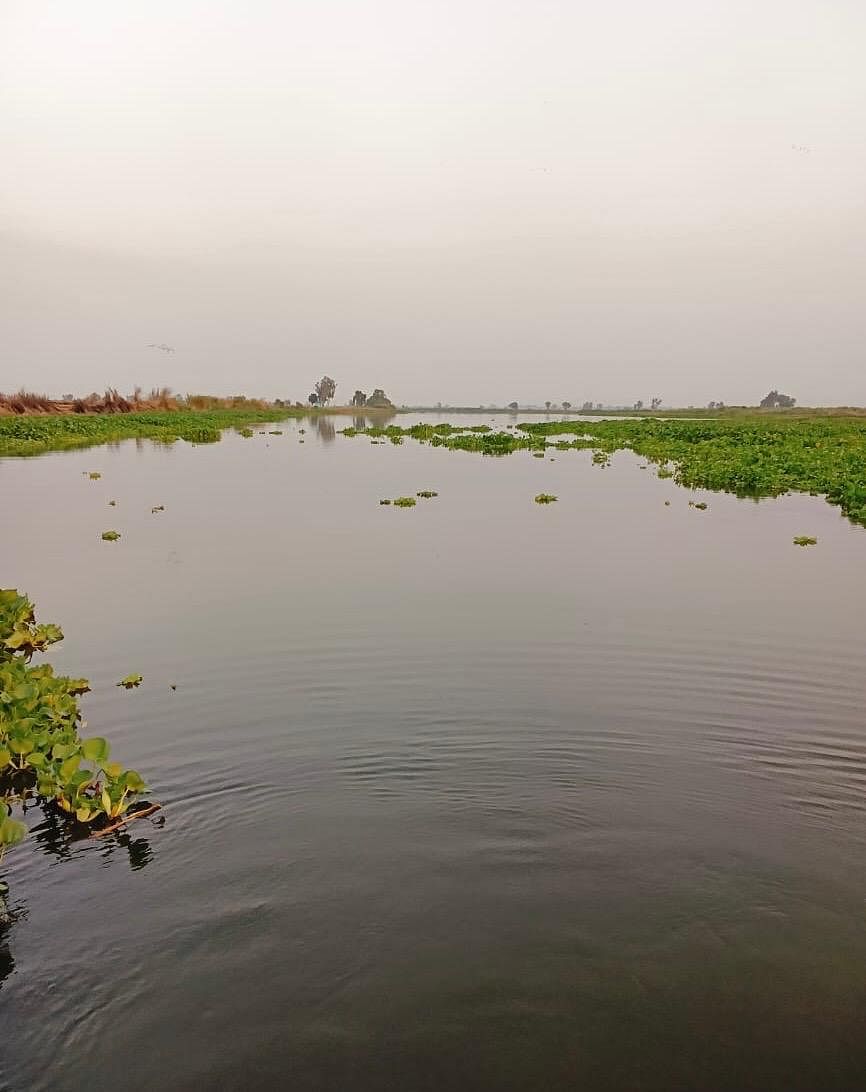
In Kaluwala, however, the situation is a bit more complex.
Every year during the monsoon season, locals relocate to higher ground as the Satlej River swells. Now, they are grappling with a dual burden—their farmlands have suffered flood damage, and they live in constant fear of renewed cross-border tensions bringing further destruction.
(Edited by Madhurita Goswami)



